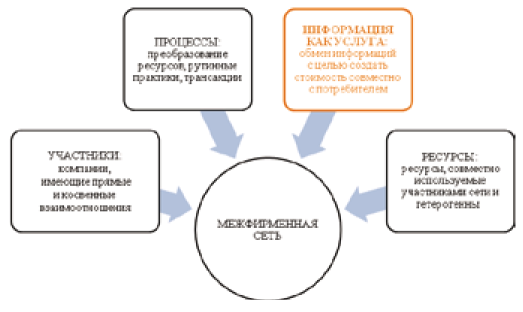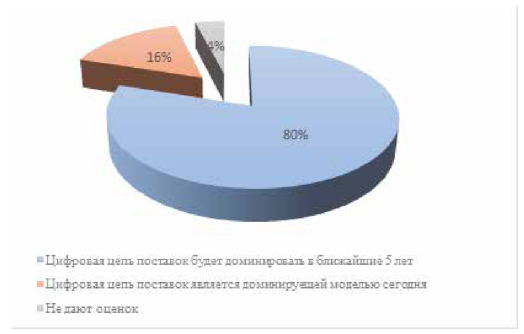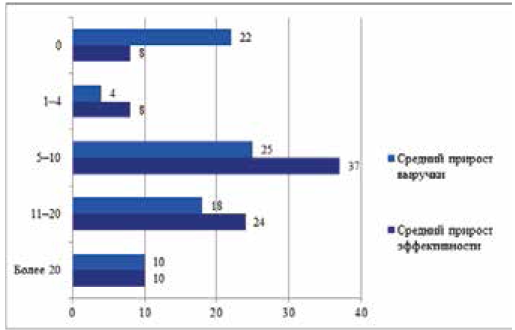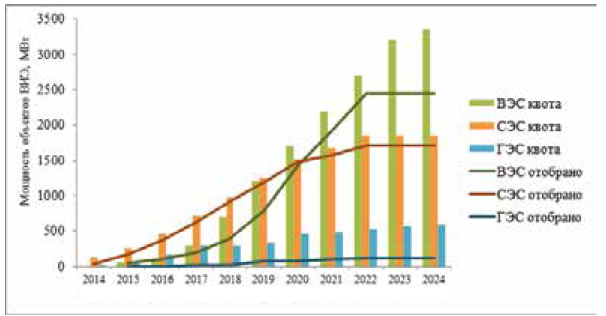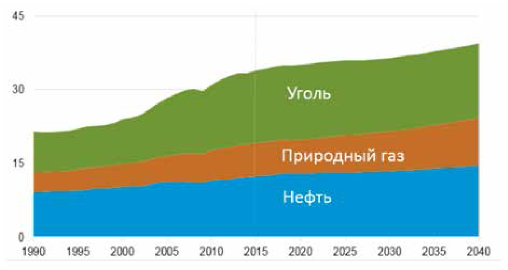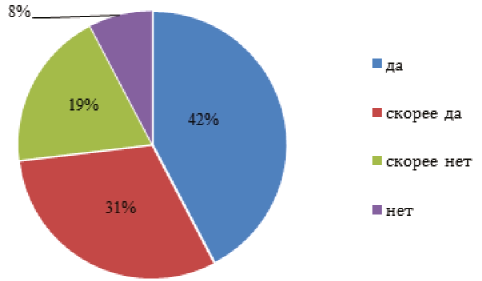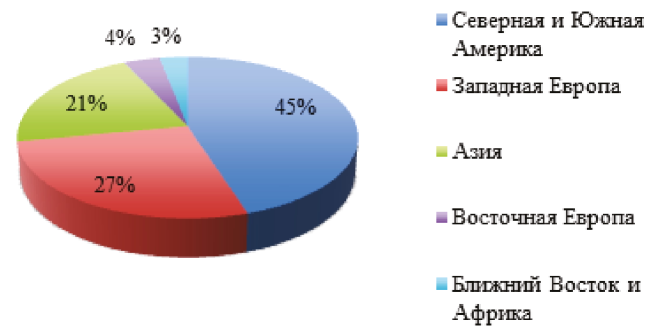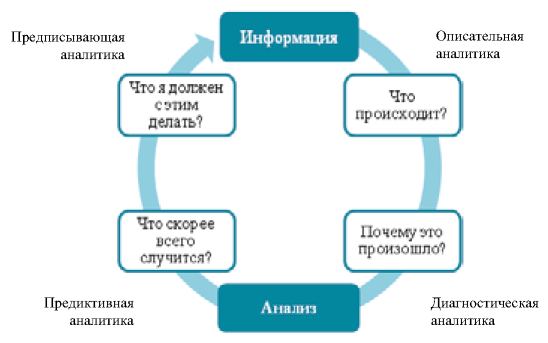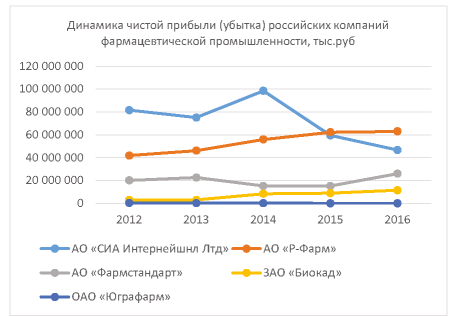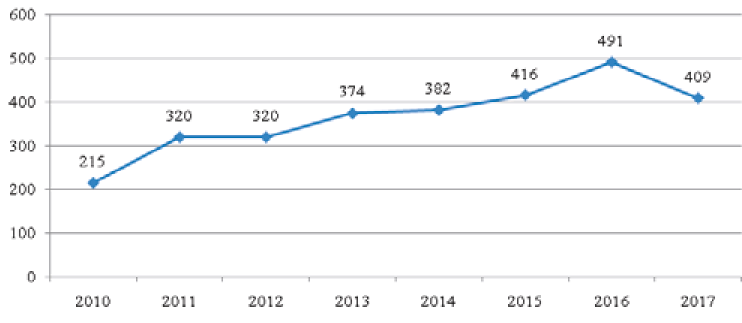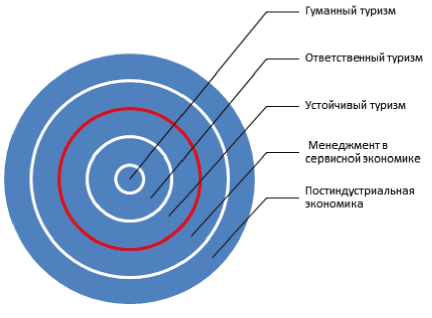Статьи
The elevation of competitiveness of the Russian manufacturing is of the key problems of the long-term national economic development. Further to this the “The Development and the Enhance of Competitiveness of the Industry” State Program of Russian Federation has been accepted and is executing. The paper analyses the changes of competitiveness indicators for various branches of manufacturing after the Program. It arguments their loose relationship with the competitiveness elevation objectives and provides an alternative approach of the authors to apprise the competitiveness of Russian manufacturing sectors and a classification of commodity groups of industrial goods basis their foreign market competitiveness.
Empirical research is devoted to influence of quality and value of relationship of partners on acceptance of the Internet-of-Things (IoT) technologies. Research is based on carrying out interview in selection of 51 companies (157 respondents).Transformation of relationship of the industrial companies in the B2B markets as a result of introduction of technology of the Internet of things is shown. It is shown that the IoT technologies influence transformation of norms of relationship among which a key role play: information exchange, technical feasibility, flexibility, openness, technological acceptance, trust, lack of opportunism, monitoring of behavior of partners. IntroductionofIoTaddsonemorekeyinterrelationhavingnatureofblastingtechnology – information. Further it will demand “information as service” model development.
Key characteristics of quality, and also function of value of the relationship, influencing acceptance by the companies of the IoT technologies are allocated. Рractical recommendations about application of the received results of research are presented.
Purpose of research is to identify the most important technologies of the digital economy that affect the development of supply chain management systems. The development of modern organizations of the latest technologies will improve the level of competitiveness and bring business to the path of sustainable growth.
The structure of the latest technologies of supply chain management systems is described on the principles of the system approach, and their role and degree of impact on the development of the object under study is indicated. The direction of development of supply chain management systems is indicated.
Ìobile data access for consumers, predictive analysis, sensory monitoring technologies, and partially localization technologies are the most critical technologies that provide the threshold of competitiveness growth for modern organizations engaged in logistics.
The structure and interrelation of technologies, as well as understanding of the degree of technology impact on the development of supply chain management systems will allow to build further research based on an understanding of the already formed hierarchy of objects under study. The results of this review will be able to influence the management decision-making in the field of selecting new technologies to improve the organization's own logistics systems.
The key stage of the company's transition to Industry 4.0. It is the Digital factory development stage. The first part of the article discusses in detail the components of digital factories, the expected effects of digitalization of production and related functions, as well as the transition from strategic initiatives to the operational level – the level of business processes that are transformed under the influence of new technologies. The second part of the article describes the methodology of case studies of Russian and foreign companies that are at the forefront of changes. The third part presents the cases of manufacturing companies that have achieved significant results in the field of digital transformation, in particular, Siemens, SIBUR and Novolipetsk metallurgical combine.
The development of distributed energy can significantly improve the efficiency of the electric power industry by using new technologies. Existing mechanisms are associated with the threats of losing existing competencies in the production of domestic equipment for distributed energy and the risks of creating the market only for foreign producers. The article contains analysis of incentive measures for distributed energy, in particular, objects based on renewable energy sources, and contains identified problems and suggested ways to solve them.
The energy crisis and carbon dioxide emissions have become two of the most important problems in the world. As a very promising solution to these problems is the concept of Internet of Energy (IoE). The Internet of energy is a new energy generation paradigm that develops the revolutionary vision of an intelligent network, and tries to answer the question: how it is possible to achieve coordination and optimization in the macro-energy system.In this study we identify and systematize drivers that promote the implementation of IoE and identify the key benefits that can be obtained by implementing this system.
The fourth industrial revolution has considerable impact on labor market transformation – professions, approaches to workchange. Already today the success of the company in many respects depends on ability of her employees to use technologies, and in particular, to do it creatively and innovatively.
On the basis of empirical data it is analysed as far as the staff of the Russian companies feels influence of the new industrial revolution, what skills are necessary for adaptation in the conditions of digital transformation of business, whether linear office employees are ready to technological transformations in the companies and whether possess necessary skills and abilities.
Research is conducted in three stages. Directly empirical analysis is carried out on the basis of the data collected by means of questioning through a webform (selection has made 153 persons).
It is concluded that among the general skills the requirement will grow in is unique human abilities, such as emotional intelligence, creativity, skill to communicate and soon. Importance technical knowledge – ability effectively to work with the software, programming, the general digital literacy grows. If the conditional part of «soft» skills is developed at employees at sufficient level already today, technical abilities cause concern.
As a whole, for creation of successful and competitive labor the companies need to work in two directions – to form systems of training and monitoring of skills and knowledge according to requirements of the market, and also to advance ideas of life time learning, that is continuous in dependent education.
The article is aimed at defining effective methods to manage promotion of high-tech products onto foreign markets, on basis of medical equipment market research. Key trends for development of medical equipment market in foreign countries are defined, which are consolidation of small laboratories and scientific centers in net associations, and offering personified products and diagnostic systems for individual usage. Features of algorithm of entering foreign markets are presented. In context of recommendations for bringing innovation high-tech products onto external markets, it is necessary to hold preliminary monitoring of local and foreign analogues on target market, to offer complex decisions, to organize conjoint enterprises for products promotion, and to form public-private partnership in long-term perspective.
The first attempts to create devices that allow interacting with the imitated reality, as well as augmenting reality with superimposed information, were made at the beginning of the 20th century, the very concept of mixed reality (the “reality-virtuality continuum”), which elements are virtual (VR) and augmented (AR) reality, is quite young (24 years), as well as the market of these technologies. The concept of virtual and augmented reality hasn’t changed radically in the past 30 years, but VR and AR devices and software, and content have gone through a significant evolutionary path, and have already experienced several growth spikes.
VR and AR technologies can be applied not only in entertainment and games. Many experts believe that virtual and augmented reality, along with Big Data, cloud technologies, artificial intelligence and some others, will become the key technologies of the 4th industrial revolution. VR and AR also have the potential to become the next big computing platform. Today VR and AR technologies help not only to create conceptually new markets, but also to disrupt existing ones.
This article discusses the evolution of the VR and AR concepts and technologies and current market trends. The results of the survey show the key obstacles for the mass distribution of AR and VR technologies: high implementation and operational costs of AR/VR solutions; lack of high-quality content and imperfect devices, implicit effectiveness of their use.
Based on the empirical study, a rather extensive list of benefits from using virtual and augmented reality technologies has been drawn up: faster and cheaper learning, training and guiding processes, increase in their efficiency, the reduction of the costs of elements and supplies needed, training support personnel; reducing potential risks to life and health of employees and other people while special training (medical operations and invasive procedures, evacuation, security, rescue in various emergencies) and the related optimization of the compensations; reducing the number of errors and accelerating the processes of assembling, repairing and operating special equipment, searching for information, necessary details, product location in the warehouse; significant reduction of accidents rate, as well as the exploration costs, due to the early identification of malfunctions; accelerating the pace of the designing and prototyping objects, significantly reducing the cost and duration of physical modeling process; improving customer experience, product and trading platforms design, that leads to corresponding increase in volume of sales; improving (simplifying) of communication and increasing its effectiveness.
To analyze the impact of predictive analytics on the activities of companies the research was conducted. Subject information: analytics, diagnostics, predicative analytics. The main tools of predictive analytics and solutions in the market of technical solutions are considered. Thanks to the tools of predictive analytics, companies can analyze and predict the processes that occur in time, identify trends, anticipate changes and, for example, plan future more effectively.
Nowadays the changes in the geopolitical situation significantly affect the conditions for doing business in Russia. The article reviews the peculiarities of the development of Russian industrial companies and the subsidiaries of foreign companies, operating in Russia, in difficult economic conditions. The contemporary consequences of global financial crisis of 2008 with respect to the industrial sector of the economy are also reviewed. The author performed an empirical study of the question of whether the companies' sustainable survival in 2014–2016 was affected by the change in the business model and whether these changes were caused by the experience of the previous crisis. The study considered the differences in the behavior of foreign and Russian companies, and the strategies, that reduce the risk of default, are defined.
The theoretical approach of the knowledge economy to the development of the strategy of industrial enterprises on the basis of the logistical methodology are covered. The definition of strategy and strategic planning for the knowledge economy is presented. The process of strategy development is characterized and the algorithm of strategic planning of an industrial enterprise is proposed taking into account the knowledge economy.
In recent years, the problem of inadequate concretization of the paradigm of sustainable tourism, its low operationalization and instrumentalization in the context of tourist systems management at various levels has become widely recognized. The publication focuses on the systematization of the perspectives and effects of sustainable tourism management – with a major purpose of demonstrating their extremely wide practical importance in developing strategic managerial solutions in the tourism industry.
The article summarizes more than fifty basic specific perspectives (problems) of sustainable tourism, which it is expedient to systematize and structure in the context of strategic management of tourist systems. As a first discussion option, this publication proposes a classification-grouping of sustainable tourism management applications, structured around four groups of perspectives: 1. macro- and meso-economic, 2. institutional, 3. socio-cultural and environmental, 4. microeconomic perspectives. As an important addition, the study suggests a generalization of the main effects in the field of sustainable tourism, which should be taken into account in the development of tourist systems. Further, some explanations are given regarding the specifics of some of the central and most problematic managerial aspects of sustainable tourism in the context of the Russian tourism and hospitality industry development.
The publication also touches upon the issues of further incorporation of sustainable tourism's managerial applications into strategic decision-making, outlining the main promising scientific and practical areas. In addition, the article argues that through the sustainability paradigm unique advantages and high competitiveness of tourism systems can be achieved and ensured in the most accurate and precise way.
ISSN 2618-9984 (Online)




